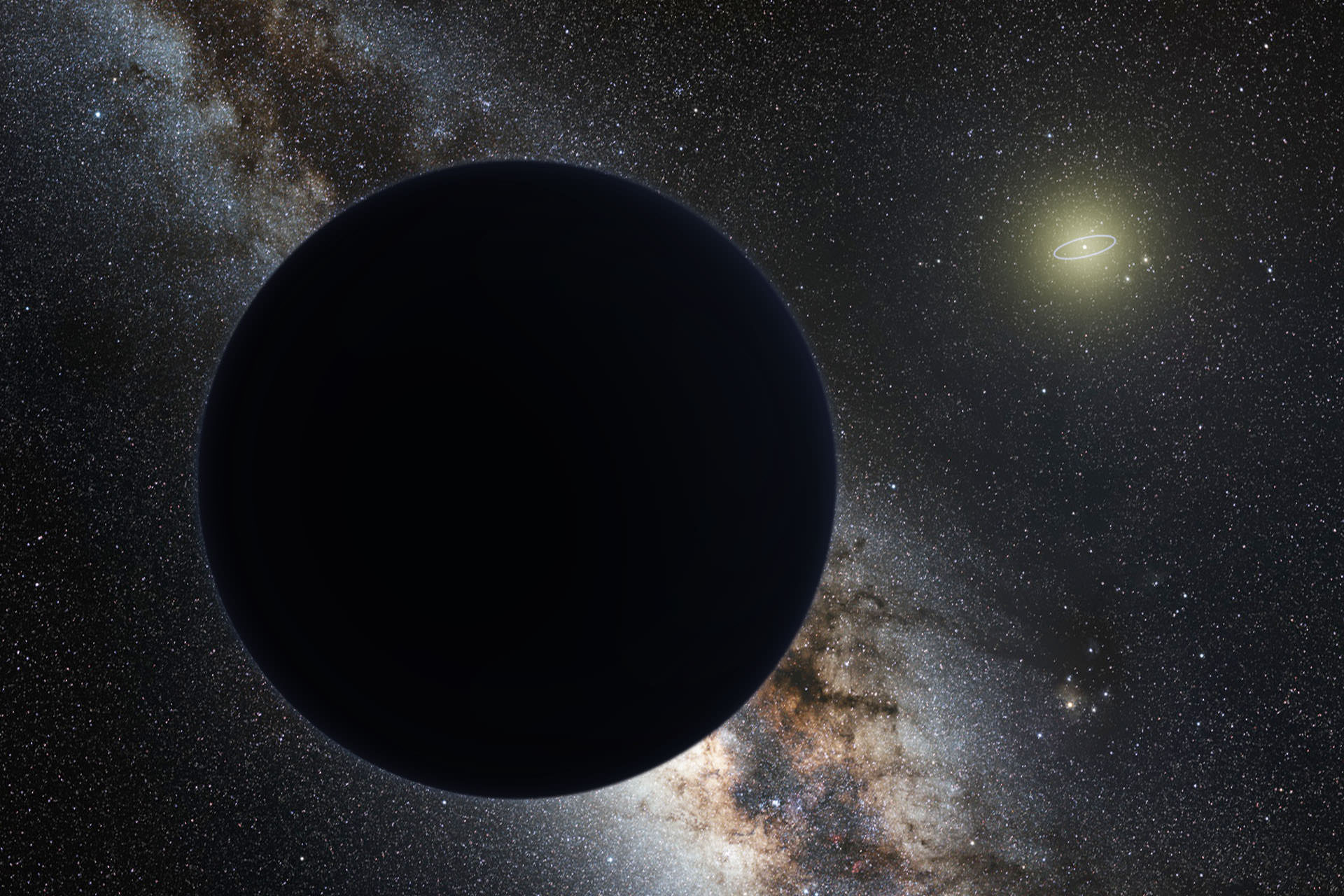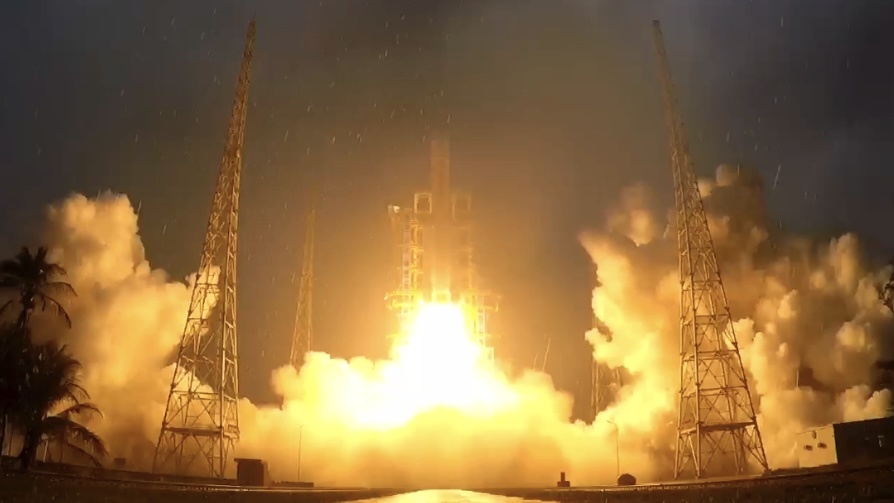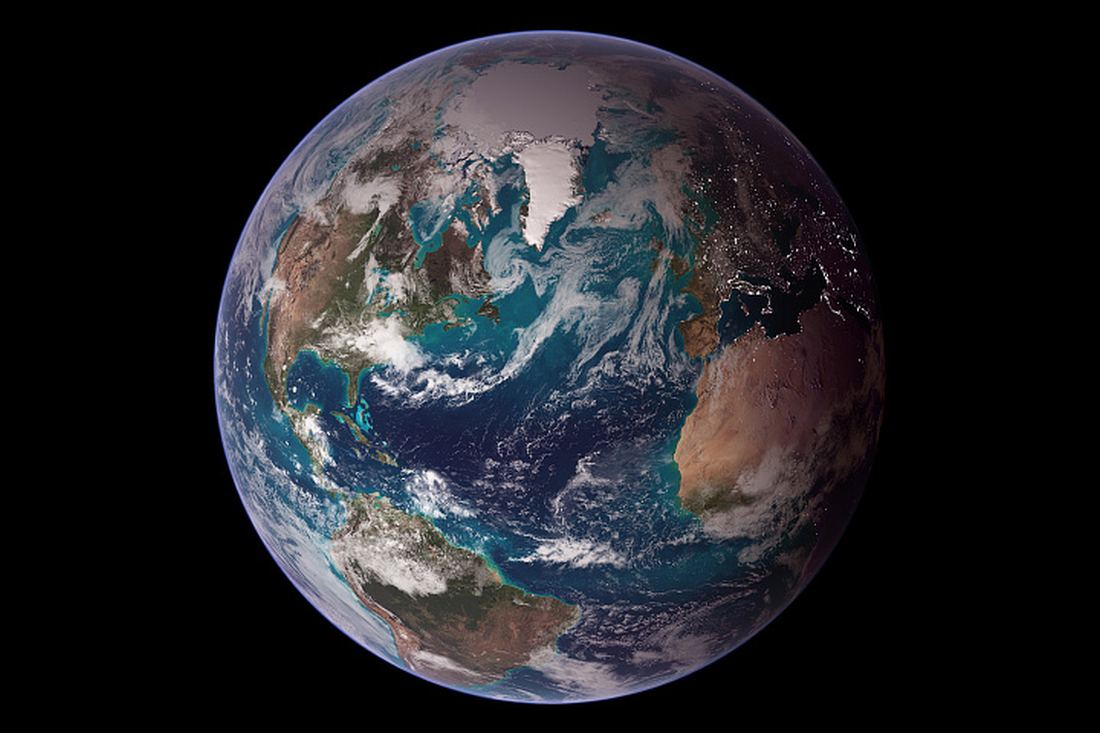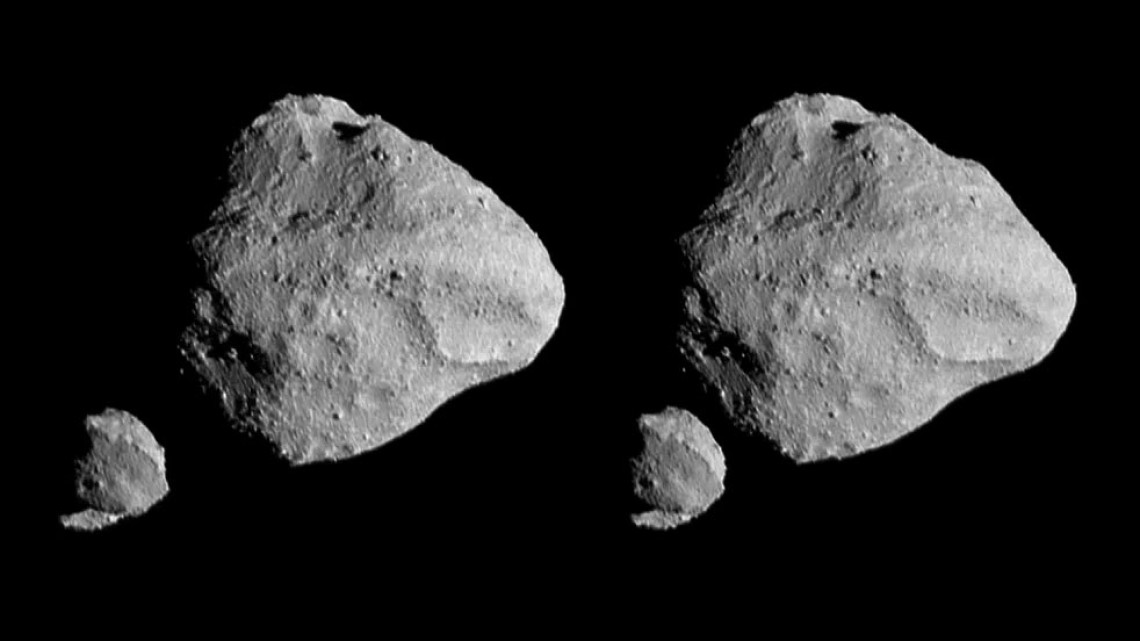Multiple space agencies are looking to send crewed missions to the Moon’s southern polar region in this decade and the next. Moreover, they intend to create the infrastructure that will allow for a sustained human presence, exploration, and economic development. This requires that the local geography, resources, and potential hazards be scouted in advance and navigation strategies that do not rely on a Global Positioning System (GPS) developed. On Sunday, April 21st, the Chinese Academy of Sciences (CAS) released the first complete high-definition geologic atlas of the Moon.
This 1:2.5 million scale geological set of maps provides basic geographical data for future lunar research and exploration. According to the Institute of Geochemistry of the Chinese Academy of Sciences (CAS), the volume includes data on 12,341 craters, 81 impact basins, 17 types of lithologies, 14 types of structures, and other geological information about the lunar surface. This data will be foundational to China’s efforts in selecting a site for their International Lunar Research Station (ILRS) and could also prove useful for NASA planners as they select a location for the Artemis Base Camp.
Continue reading “China Creates a High-Resolution Atlas of the Moon”










